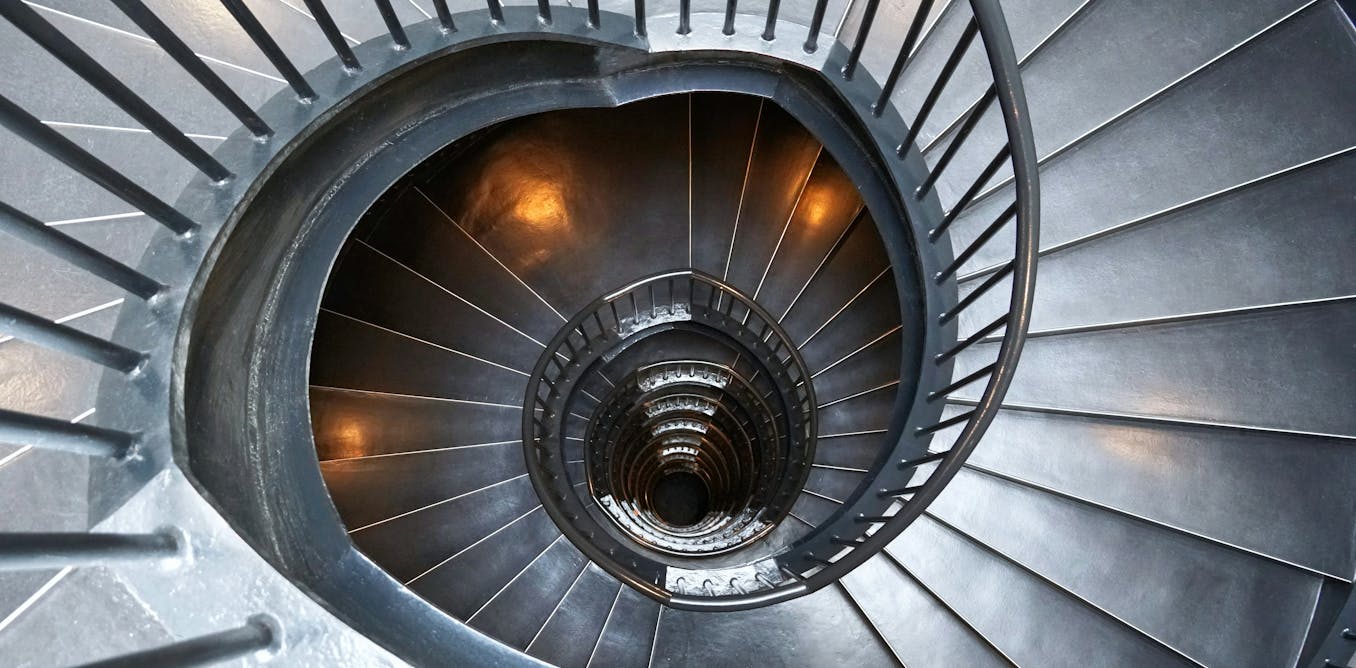Scientists in China have built what they claim to be the smallest and lightest solar-powered aerial vehicle. It’s small enough to sit in the palm of a person’s hand, weighs less than a U.S. nickel, and can fly indefinitely while the sun shines on it.
Micro aerial vehicles (MAVs) are insect- and bird-size aircraft that might prove useful for reconnaissance and other possible applications. However, a major problem that MAVs currently face is their limited flight times, usually about 30 minutes. Ultralight MAVs—those weighing less than 10 grams—can often only stay aloft for less than 10 minutes.
One potential way to keep MAVs flying longer is to power them with a consistent source of energy such as sunlight. Now, in a new study, researchers have developed what they say is the first solar-powered MAV capable of sustained flight.
The new ultralight MAV, CoulombFly, is just 4.21g with a wingspan of 20 centimeters. That’s about 10 times as small as and roughly 600 times as light as the previous smallest sunlight-powered aircraft, a quadcopter that’s 2 meters wide and weighs 2.6 kilograms.
Sunlight powered flight test
Nature
“My ultimate goal is to make a super tiny flying vehicle, about the size and weight of a mosquito, with a wingspan under 1 centimeter,” says Mingjing Qi, a professor of energy and power engineering at Beihang University in Beijing. Qi and the scientists who built CoulombFly developed a prototype of such an aircraft, measuring 8 millimeters wide and 9 milligrams in mass, “but it can’t fly on its own power yet. I believe that with the ongoing development of microcircuit technology, we can make this happen.”
Previous sunlight-powered aerial vehicles typically rely on electromagnetic motors, which use electromagnets to generate motion. However, the smaller a solar-powered aircraft gets, the less surface area it has with which to collect sunlight, reducing the amount of energy it can generate. In addition, the efficiency of electromagnetic motors decrease sharply as vehicles shrink in size. Smaller electromagnetic motors experience comparably greater friction than larger ones, as well as greater energy losses due to electrical resistance from their components. This results in low lift-to-power efficiencies, Qi and his colleagues explain.
CoulombFly instead employs an electrostatic motor, which produce motion using electrostatic fields. Electrostatic motors are generally used as sensors in microelectromechanical systems (MEMS), not for aerial propulsion. Nevertheless, with a mass of only 1.52 grams, the electrostatic motor the scientists used has a lift-to-power efficiency two to three times that of other MAV motors.
The electrostatic motor has two nested rings. The inner ring is a spinning rotor that possesses 64 slats, each made of a carbon fiber sheet covered with aluminum foil. It resembles a wooden fence curved into a circle, with gaps between the fence’s posts. The outer ring is equipped eight alternating pairs of positive and negative electrode plates, which are each also made of a carbon fiber sheet bonded to aluminum foil. Each plate’s edge also possesses a brush made of aluminum that touches the inner ring’s slats.
Above CoulombFly’s electrostatic motor is a propeller 20 cm wide and connected to the rotor. Below the motor are two high-power-density thin-film gallium arsenide solar cells, each 4 by 6 cm in size, with a mass of 0.48 g and an energy conversion efficiency of more than 30 percent.
Sunlight electrically charges CoulombFly’s outer ring, and its 16 plates generate electric fields. The brushes on the outer ring’s plates touch the inner ring, electrically charging the rotor slats. The electric fields of the outer ring’s plates exert force on the charged rotor slats, making the inner ring and the propeller spin.
In tests under natural sunlight conditions—about 920 watts of light per square meter—CoulombFly successfully took off within one second and sustained flight for an hour without any deterioration in performance. Potential applications for sunlight-powered MAVs may include long-distance and long-duration aerial reconnaissance, the researchers say.
Long term test for hovering operation
Nature
CoulombFly’s propulsion system can generate up to 5.8 g of lift. This means it could support an extra payload of roughly 1.59 g, which is “sufficient to accommodate the smallest available sensors, controllers, cameras and so on” to support future autonomous operations, Qi says. ”Right now, there’s still a lot of room to improve things like motors, propellers, and circuits, so we think we can get the extra payload up to 4 grams in the future. If we need even more payload, we could switch to quadcopters or fixed-wing designs, which can carry up to 30 grams.”
Qi adds “it should be possible for the vehicle to carry a tiny lithium-ion battery.” That means it could store energy from its solar panels and fly even when the sun is not out, potentially enabling 24-hour operations.
In the future, “we plan to use this propulsion system in different types of flying vehicles, like fixed-wing and rotorcraft,” Qi says.
The scientists detailed their findings online 17 July in the journal Nature.

The post “The Smallest, Lightest Solar-Powered Drone Takes Flight” by Charles Q. Choi was published on 07/17/2024 by spectrum.ieee.org





















